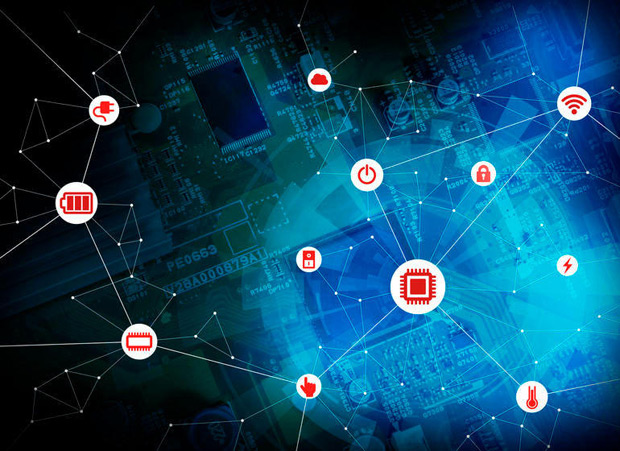Admittedly, the scheduled end of the 2G and 3G networks is not for now. Orange will stop its 2G at the end of 2025, and its 3G at the end of 2028. SFR will stop its 2G networks at the end of 2026, and at the end of 2028 for 3G. Bouygues Telecom will suspend its 2G network at the end of 2026, and at the end of 2029 for 3G.
Still, for companies that use its telecom networks, it’s time to think about what’s next. “Companies that have a fleet of connected objects operating exclusively on these networks will have to migrate their fleets to the appropriate cellular technologies, such as 4G, 5G, LTE-M, or NB-IoT” indicates Objenious, the Bouygues Telecom brand dedicated to the IoT.
These parks of connected objects are, for example, medallion boxes for the elderly, video surveillance alarms, elevator boxes, electric charging stations or the on-board automatic emergency call system (eCall) in some vehicles.
Massive and complex migration projects
According to the latest figures from Arcep, published on April 7, France had no less than 67.7 million active SIM cards on 3G networks at the end of 2021.
Migration projects can therefore be very massive and very complex. “Stopping 3G is a very complex program because you have to make sure that all the devices available on the market are of a certain type and that they are all compatible with 4G, confirmed Andrea Dona in 2019, responsible for Vodafone’s mobile networks. We also need to ensure that in areas where we provide 3G coverage, this is replaced by 4G or even 5G”.
And Objenious to unveil the potential benefits of early migration. “Companies can, for example, plan device changes at the same time as maintenance operations, or integrate them into their new marketing plans”. And then list the steps to be implemented during the migration project.
- Audit the IoT fleet and identify the number of active 2G/3G devices in the field, in stock and in after-sales service.
- Determine the steps: technological choices, validation of new services or processes, tests, updates and support, migration procedure maximizing continuity of service, etc.
- Plan the time needed for the migration and establish a schedule with different stages.
4G, 5G, LTE-M, or NB-IoT
All that remains is to choose the technology best suited to your activity, 4G, 5G, LTE-M, or NB-IoT. On this point, companies must consider their connectivity needs.
“The degree of use of the data, the need for bandwidth (throughput/latency), the mobility or not of the object, the geographical coverage (national, European, or international), the energy consumption, are other things to consider,” says Objenious. And to list other more specific or technical needs – such as the use of SMS, VoLTE or VoIP to make and receive calls.
For “a sensor placed indoors and underground (so-called deep indoor), the NB-IoT, which has a long range and a strong penetration capacity, will be more appropriate. If it is of sensors in transit that do not require high throughput and have a moderate need for data, LTE-M will be the most suitable network thanks to its low latency” indicates the company, which finally specifies that it is advisable to choose the good partner for this project.
A bonus also for operators
It should also be noted that these closures of 2G/3G networks also make sense for operators. They will make it possible to reallocate frequencies for the benefit of 4G and 5G networks. An oxygen balloon as these reach saturation in high-density areas with the increase in mobile uses.
SFR and Orange also highlight the issue of energy sobriety. Not only will they not renew a certain number of equipment, with a high carbon footprint, but the latest mobile technologies are less energy-intensive than their elders. They are also more secure (2G has significant security flaws), although recent reports mention that 5G also comes with its share of security risks.
